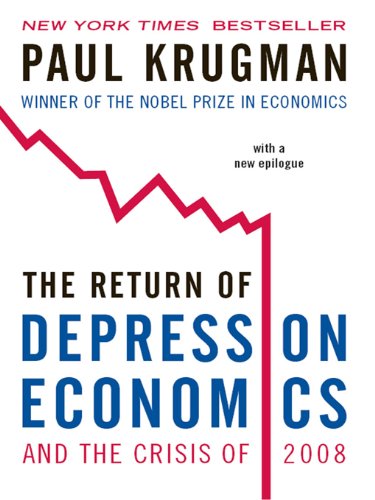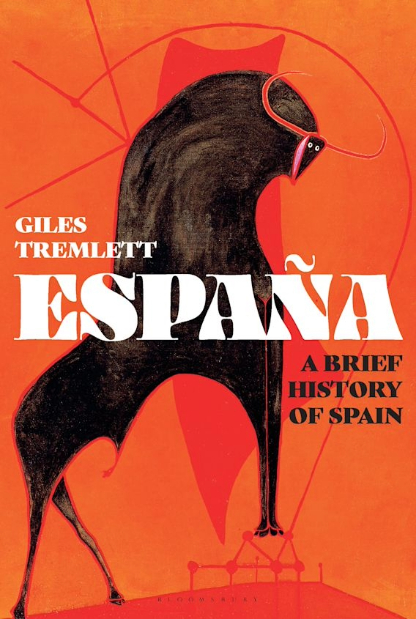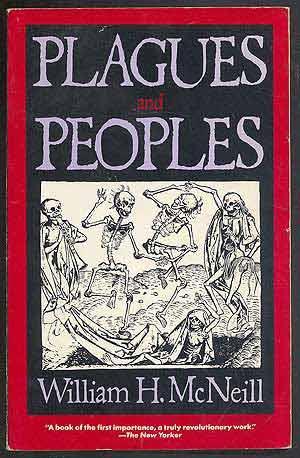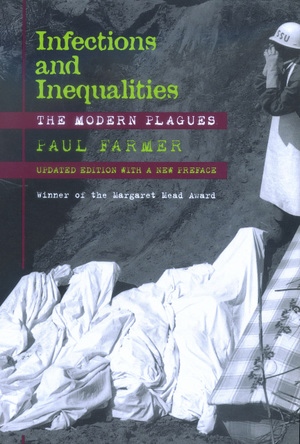Listening to Grasshoppers: Field Notes on Democracy, Arundhati Roy, Hamish Hamilton Canada, 2009, pp. 256, paperback, $26, ISBN978-0-670-06398-7
‘Listening to Grasshoppers’ is a collection of essays and lectures, written and delivered by Arundhati Roy between 2001 and 2008, amidst global and domestic turmoil. The essays and lectures themselves stand as she wrote and delivered at the time, and although they are published several years apart, the text offers a remarkable continuity in the mood, actions, and their consequences. Roy’s texts focus on analyzing the union of ‘Democracy’, ‘Progress’ and ‘Development’ that has led to widespread destruction, injustice and ultimately death. The title itself refers to the consequences of one such union, namely the Committee for Union and Progress, or Young Turks, whose genocidal drive to establish a Turkish nation led to the killing of 1.5 million Armenians. Araxie Barsamian, the mother of David Barsamian, remembers that prior to the killings at Dikranagart (Diyarbakir), swarms of grasshoppers arrived at the village. The village elders were alarmed because they knew that grasshoppers were a bad omen. Indeed, this episode followed them: “they took all the men in the field, they tied their hands, and they shot, killed every one of them” (p.134).
Roy’s essays are written with journalistic flair, in her remarkably emotional and evocative prose that stirs emotions and leads to ‘feral howls’, just as much as quiet sobs. Nonetheless, the essay, which as Roy states, were written in anger is in effect a rallying cry to stand up to the daily and systemic injustice perpetrated upon the most marginalized in the society; the Adivasi women in the forest; the farmers whose crushing debt leads to suicide; the toxic communalism that ostracizes the 150-million Muslim citizens of India. Roy shows that words such as ‘Progress’ and ‘Development’ are euphemisms for ‘Market Liberalization’ and ‘Choice’. The Market has subjugated entire societies and cultures in the world where it reigns supreme. Standing in its path, defending oneself rather, is equated to being against ‘Progress’, against ‘Development’, and must be dealt away with by the State machinery. Roy’s lectures and essays urge us to precisely go beyond the official narrative provided to us by the politicians and TV channels working in their favor and promoting their agenda.
She begins with the 2002 riots in Gujarat, where thousands of Muslims were murdered and over 150 thousand driven from their homes by Hindu mobs under the purview of Vishwa Hindu Parishad and Bajrang Dal. The rampage was in retaliation to the burning of the Sabarmati Express in Godhra, in which 59 Hindu pilgrims returning from Ayodhya burned to death. To Roy, it was not a surprise that Gujarat was the place where this drama played out, given that fascism has long been fermenting in the state, sanctioned and led by the governing Bharatiya Janata Party and the governor (now Prime Minister) Narendra Modi. This same government viewed the genocidal killing of Muslims (women were gang-raped, their stomachs ripped open, Congress members had their limbs cut off) as a ‘spontaneous reaction’. Such outbursts are, however, a natural by-product of communalism and communal hatred, preached in hundreds of RSS shakhas and Saraswati Shishu Mandir schools, members of which have penetrated the administration and highest levels of government. Roy suggests that we mark Spring of 2002 as the date fascism appeared in India.
Communalism colors Indian politics, Roy suggests. Seen in the valley of Kashmir and on TV, it wreaks havoc in the society. The story of Muhammad Afzal, one of the accused of helping in the execution of the terrorist attack on Indian Parliament which saw security personnel get killed in December 2001, is but an example of the consequences of communalism. His story originates in the valley of Kashmir, where he surrendered to the police after becoming disillusioned with the violent resistance to the Indian occupation. It involves torture and forced confessions, which the perpetrator admitted to on national television; it involves potential fabrication of evidence and framing; journalists collaborating with the State at the behest of the accused and portraying him guilty before proven so by the courts of Law. It ends with the judge stating that “the collective consciousness of the society will only be satisfied if capital punishment is awarded to the offender” (p.95). These, Roy sees as evidence of the weakening fabric of India’s democracy.
A coalition between ‘Democracy’, ‘Progress’ and ‘Development’ thrives and further entrenches inequality in the society. Those better off, in positions of power, act to perpetuate their wealth, while the vast majority is left to fend for themselves. Which avenues of redress shall they take? The formal legal route is closed because it is controlled by a judge, or a politician or a celebrity. The Rule of the Law then becomes a tool to bludgeon others into conformity, but far removed from Justice. Roy shows the example of Y.K. Sabharwal, former chief justice of India, who used his powers to judge a case in a way that would benefit his sons and result in the removal of thousands squatters and slum dwellers in Delhi. When challenged by a newspaper, with evidence to back-up each and every claim, the Court fired back, with the full weight of the law and roared: “the nature of the revelations and the context in which they appear…tarnishes the image of the Supreme Court. It tends to erode the confidence of the general public in the institution” (p.128). How fitting the verse Roy prefaced her collection with…” where should we go after the last frontier? where should the birds fly after the last sky? where should the plants sleep after the last breath of air?”. The resistance is thus forced to take different channels of redress. Naxal threat? Narmada Bachao Andolan? The State is closing in on itself.
Roy’s essays are impassioned, critical, and poetically expose the contradictions in Indian society, as well as the exasperation of it all. What is to be done? “If dreams are thwarted, then yearning must take their place. If the reunion is impossible, then longing must take its place”. This, however, is not enough.




